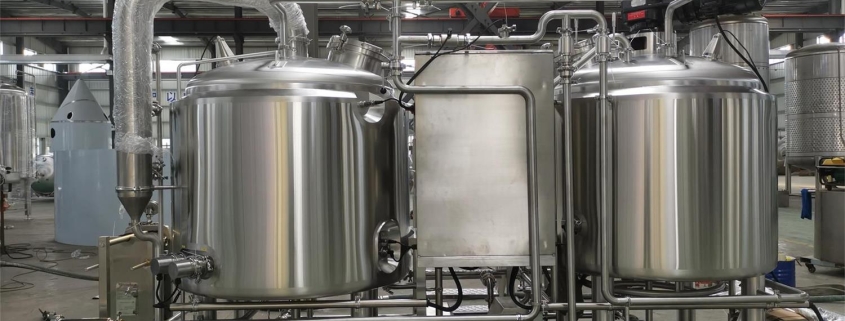Best 1 bbl Brewing Systems for Small-Scale Brewers [2025 Guide]
Beer brewing has become more than just a pastime; it’s a craft, a passion, and for many, a business. If you’re diving into the brewing world, chances are you’ve stumbled upon the term 1 bbl brewing system. But what exactly is it, and why is it gaining traction among home brewers and microbreweries?
The Main Components of the 1 bbl Brewing System
When you hear “1 bbl brewing system,” you’re essentially talking about a setup that can brew one barrel of beer, which equals approximately 31 gallons or 117 liters per batch. But this system isn’t just one big pot; it’s an intricate setup composed of several key components that work together like an orchestra.
Brew Kettle
The brew kettle is where the magic happens. This is where you boil your wort, add hops, and create those rich flavors that make your beer stand out. In a 1 bbl system, the brew kettle usually comes with a sight glass, thermometer, and sometimes a tangential inlet for whirlpooling.
Mash Tun
The mash tun is where crushed grains mix with hot water to convert starches into fermentable sugars. For a 1 bbl system, this vessel often includes a false bottom, sparging arms, and an efficient drainage system to separate the sweet liquid from the grain.
Hot Liquor Tank (HLT)
Despite the confusing name, this tank holds hot water, not liquor. It’s essential for sparging and cleaning. A 1 bbl system typically has an HLT that can quickly heat and maintain water temperatures efficiently.
Fermenters
Fermenters are where yeast does its job, turning sugary wort into alcohol and carbon dioxide. A 1 bbl brewing system often comes with conical fermenters, which allow for easy yeast harvesting and sediment removal.
Pumps and Piping
High-temperature pumps and sanitary piping make transferring liquids between vessels smooth and hygienic. In a 1 bbl setup, these parts are usually compact but durable.
Control Panel
For precise temperature and timing controls, a user-friendly control panel is critical. Whether manual or semi-automated, a good control system makes or breaks your brewing process.
Essential Accessories
You’ll also need wort chillers, hoses, clamps, gaskets, and cleaning equipment to keep the system running efficiently.

Summary Table of 1 bbl Brewing System Components
| Component | Function | Special Features in 1 bbl System |
|---|---|---|
| Brew Kettle | Boil wort, add hops | Sight glass, whirlpool port |
| Mash Tun | Convert starches to sugars | False bottom, sparging arms |
| Hot Liquor Tank | Hold and heat sparging/cleaning water | Quick heat-up, temperature stability |
| Fermenters | Ferment wort into beer | Conical design, easy sediment removal |
| Pumps and Piping | Transfer liquids safely | High-temp, compact, sanitary |
| Control Panel | Manage process timing and temperature | Manual or semi-automated options |
| Essential Accessories | Support brewing and cleaning processes | Wort chillers, hoses, clamps, gaskets |
Why Choose a 1 bbl Brewing System?
So why go for a 1 bbl brewing system when there are smaller and larger options out there? Great question. The 1 bbl system sits in that sweet spot between home brewing and full-on commercial brewing.
Scalable Yet Manageable
One of the top reasons to choose this system is its perfect balance of size and capacity. It’s small enough to fit in limited spaces like a garage or small commercial unit but large enough to produce beer in quantities that make sense for local sales, events, or a microbrewery taproom.
Cost-Effective Compared to Larger Systems
When you compare a 1 bbl brewing system to 3 bbl or 5 bbl systems, the cost savings are significant. You’re looking at lower upfront investment, reduced ingredient waste, and cheaper maintenance costs.
Faster Brewing Cycles
A smaller system means quicker heating, boiling, and cooling times. Compared to larger setups, a 1 bbl system can get you from start to finish in a shorter period, making it perfect for experimentation and seasonal batches.
Ideal for Experimentation
If you want to try new recipes without the pressure of wasting massive volumes, the 1 bbl system is your best friend. You can pivot quickly based on feedback and adjust your brews more frequently.
Lower Risk, Higher Flexibility
Compared to larger brewing setups, a 1 bbl system allows you to test market demand with less financial risk. It’s perfect for craft brewers who want to scale gradually.
1 bbl Brewing System Applicable Scenarios
So where does a 1 bbl brewing system shine? Let’s explore the most common and practical scenarios where this system fits like a glove.
Perfect for Startups and Microbreweries
If you’re starting your brewing journey and opening a small brewery, a 1 bbl system gives you a professional edge without the need for massive upfront investment. It’s also an excellent stepping stone to larger systems.
Great for Brewpubs
Brewpubs that brew their own beer on-site can use a 1 bbl system to rotate seasonal or specialty beers. This setup allows them to offer unique, limited-time options that keep customers coming back.
Ideal for Home Brewers Leveling Up
For home brewers who’ve outgrown their 5-gallon pots and want to get serious, a 1 bbl system offers that next-level capacity without jumping into industrial-scale brewing.
Educational Institutions and Brewing Schools
Brewing programs often use 1 bbl systems for training because they are manageable, cost-effective, and educationally comprehensive. Students can learn every step of the brewing process on a scale that feels professional but isn’t overwhelming.
Event-Based Brewing and Collaborations
Brewers who create special event beers or collaborate with other brewers love the flexibility of the 1 bbl system. It allows for small-batch production without the need for large-scale commitment.
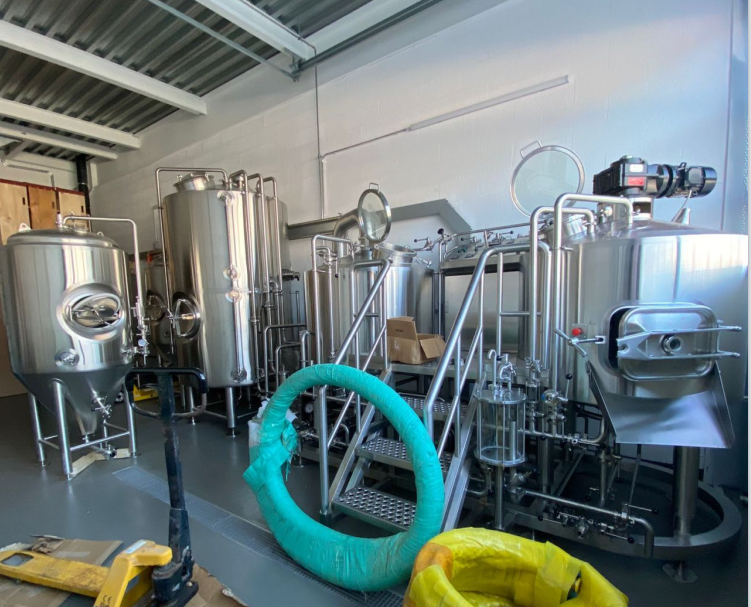
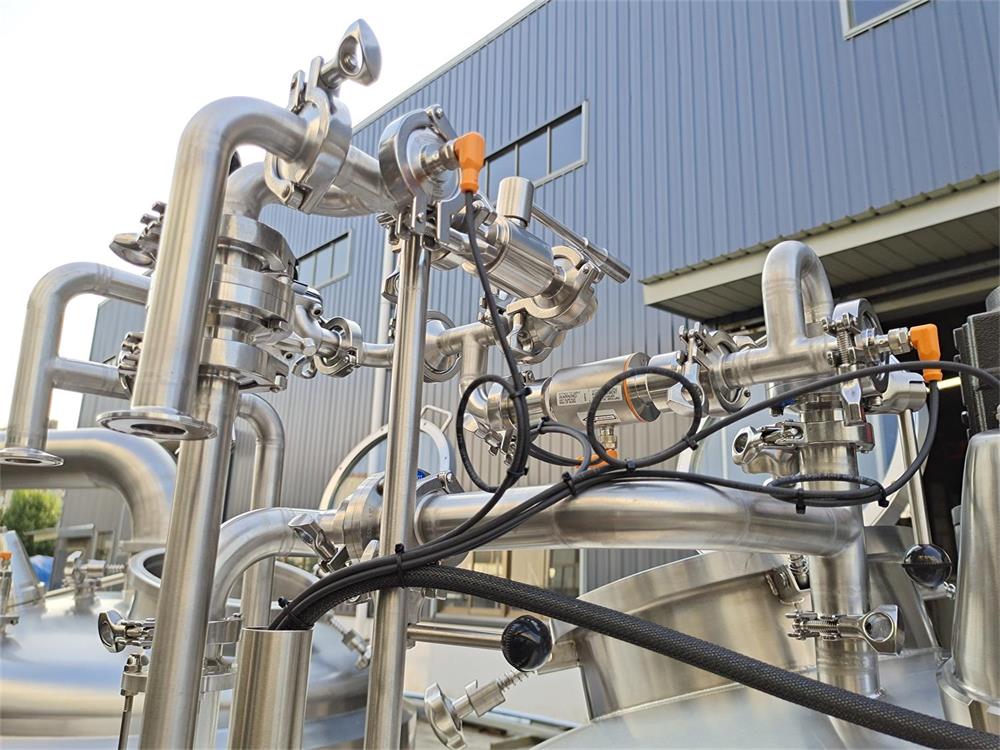
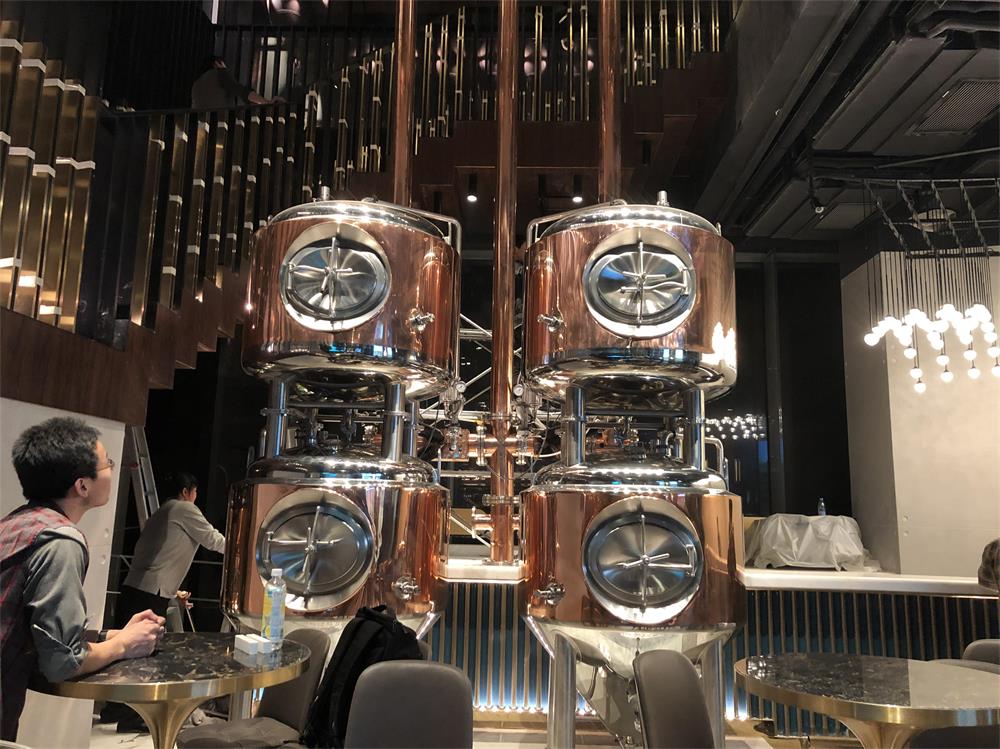
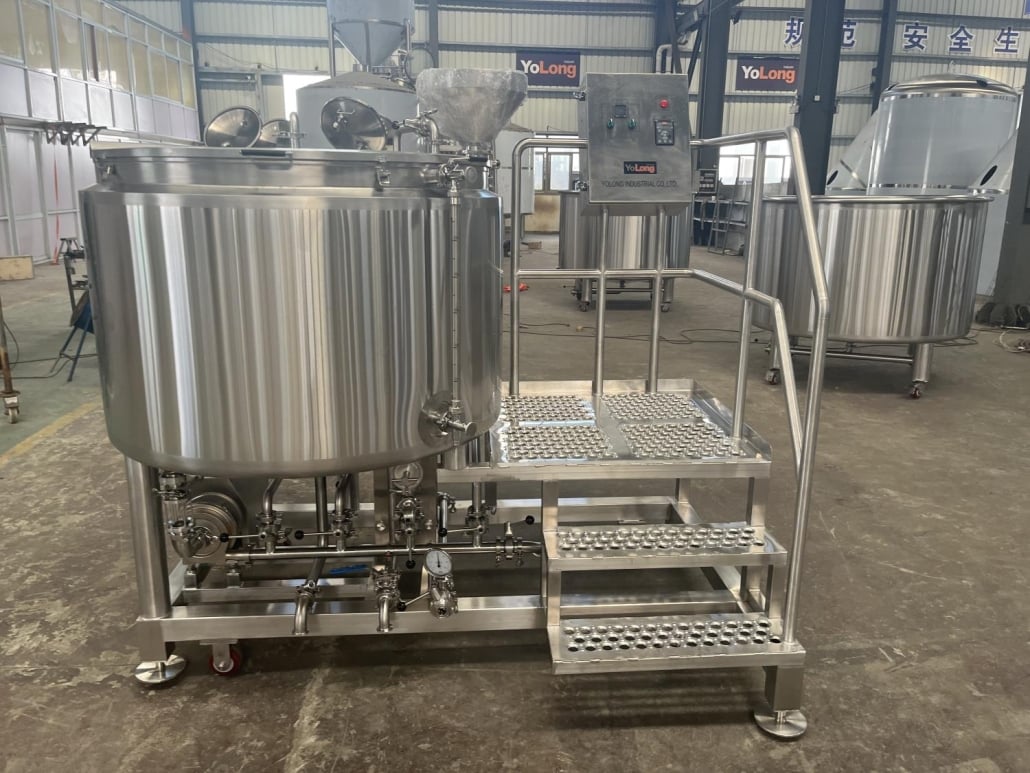
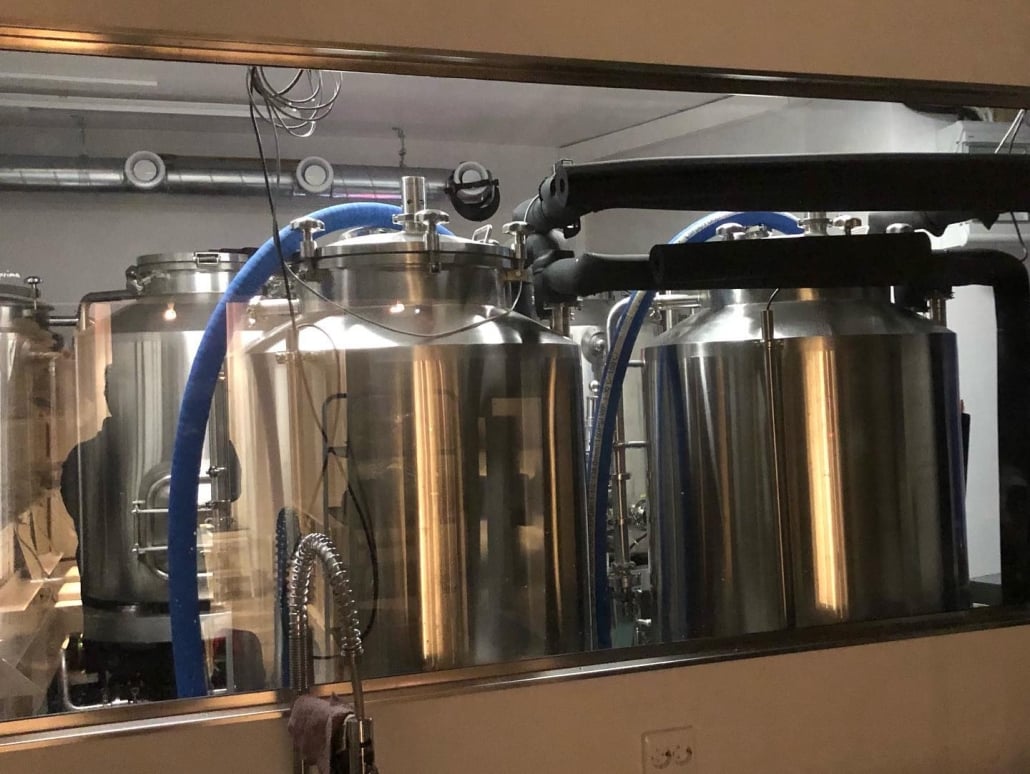
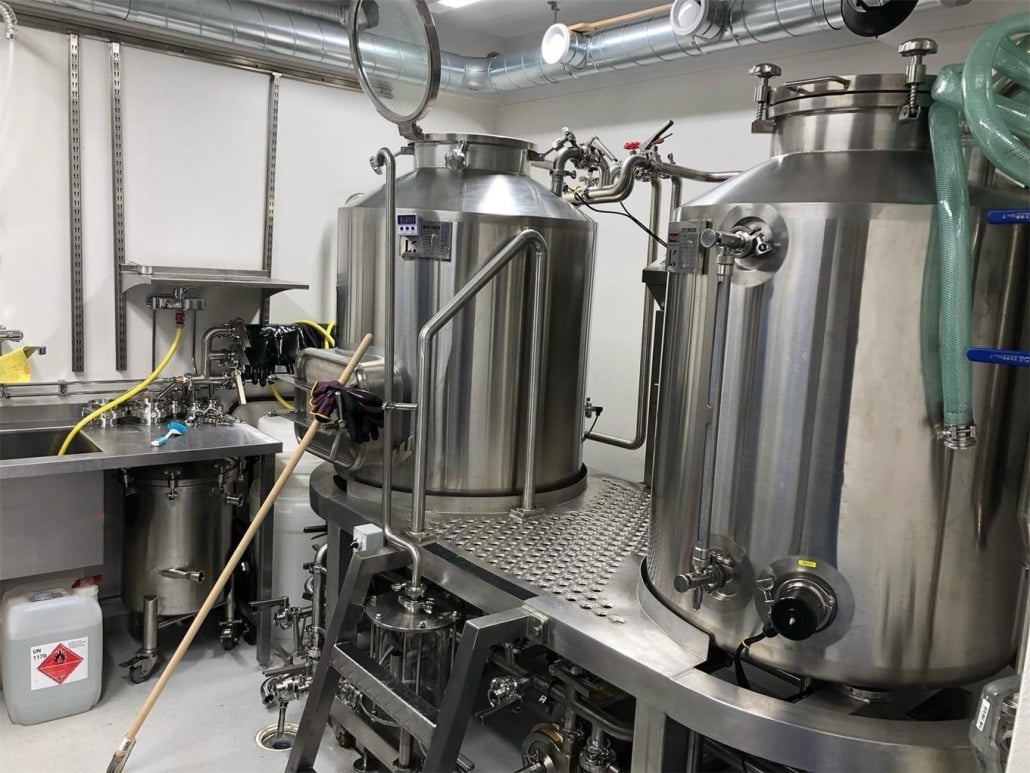
A Guide to Purchasing a 1 bbl Brewing System
Shopping for a 1 bbl brewing system can feel overwhelming, but don’t worry—here’s a roadmap to help you make the right choice.
Quality Over Cost
It’s tempting to go for the cheapest option, but in brewing, quality always wins. Look for systems made from 304 stainless steel, with sanitary welds and durable pumps.
Manual vs. Semi-Automated Control Panels
Manual systems offer hands-on control and are generally cheaper, but they require more attention and skill. Semi-automated panels can make the brewing process smoother and more consistent, but they come at a higher price.
Supplier Reputation Matters
Stick with reputable manufacturers who offer warranties, customer support, and solid user reviews. Brands like Blichmann, Stout Tanks, and Ss Brewtech often come highly recommended.
Customization Options
Some systems allow you to upgrade or customize components like adding whirlpool ports, extra sight glasses, or advanced heating elements. Think about how you might grow into your system.
Space Requirements
Measure your brewing space carefully. Although 1 bbl systems are compact, you still need room for fermenters, pumps, and storage.
Manual vs. Semi-Automated 1 bbl Brewing Systems
| Feature | Manual Control System | Semi-Automated Control System |
|---|---|---|
| Cost | Lower initial investment | Higher upfront cost |
| Ease of Use | Requires hands-on monitoring | Streamlined, less hands-on |
| Precision | Depends on brewer’s skill | Consistent temperature/timing |
| Learning Curve | Steeper | More user-friendly |
| Maintenance | Fewer electronic components | May require technical troubleshooting |
How Much Beer Can a 1 bbl System Produce?
The term “1 bbl” literally means one beer barrel, which is 31 gallons or approximately 117 liters. But let’s get a little deeper. You won’t always end up with a full 31 gallons of finished beer. Between boil-off, trub loss (the sediment that forms during brewing), and fermentation losses, your net yield might be closer to 27 to 29 gallons (102 to 110 liters) per batch.
Here’s a rough idea:
| Brewing Stage | Volume Remaining (Gallons) |
|---|---|
| Initial Batch Size | 31 |
| Post-Boil (after evaporation) | 29 |
| Post-Fermentation (after trub loss) | 27 – 28 |
So, you’re generally looking at roughly two standard kegs worth of beer per batch. That’s a solid amount for microbrewery sales, brewpub taps, or private events.
How Long Does It Take to Brew with a 1 bbl System?
Brewing is not a fast process, but with a 1 bbl system, you can expect a reasonable timeline that balances time commitment with beer quality.
Brewing Day (Hot Side)
On brew day, expect to spend 6 to 8 hours from start to finish. This includes mashing (60-90 minutes), boiling (typically 60 minutes), and cooling the wort, which can take another 30 to 60 minutes depending on your chiller efficiency.
Fermentation Time (Cold Side)
Once your wort is in the fermenter, primary fermentation generally takes 7 to 14 days. Some complex or high-alcohol beers may need longer.
Conditioning and Packaging
After fermentation, you’ll need additional time for conditioning, carbonating, and packaging, which can add 1 to 2 weeks depending on your process.
So from grain to glass, you’re usually looking at a total timeline of 3 to 5 weeks per batch.
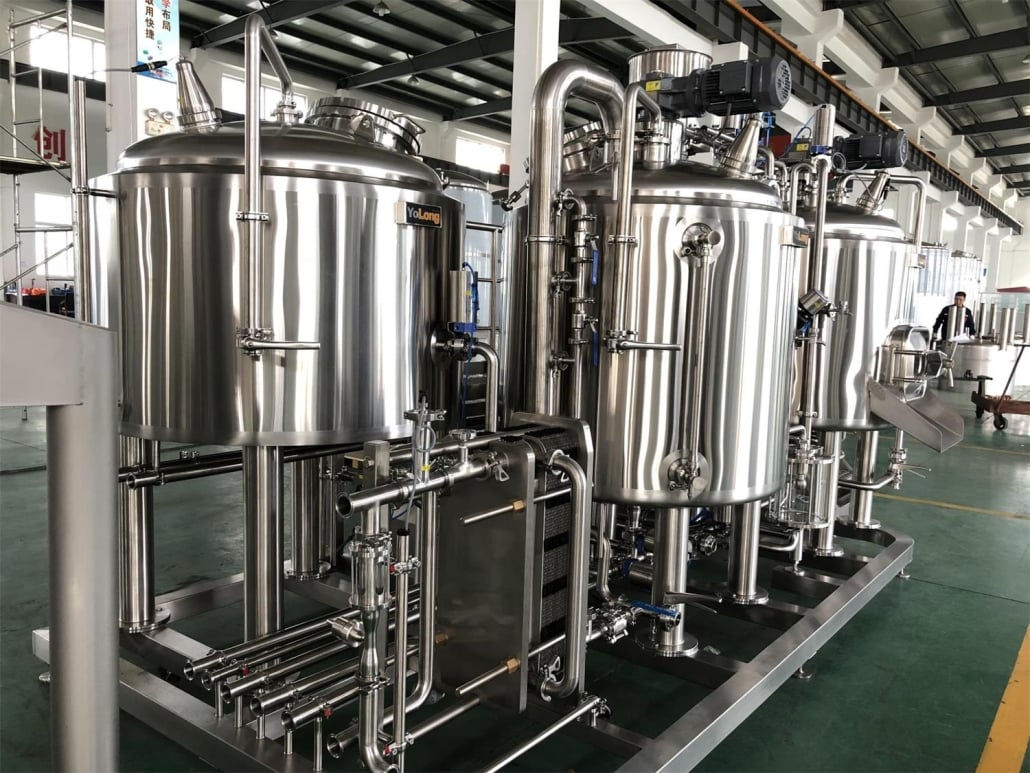
FAQ
| Question | Answer |
|---|---|
| What does 1 bbl mean in brewing? | 1 bbl stands for one beer barrel, which equals 31 gallons or about 117 liters. |
| How many bottles can you get from a 1 bbl batch? | You can get roughly 250-260 standard 12 oz (355 ml) bottles after fermentation losses. |
| How much space do I need for a 1 bbl system? | You typically need around 50-100 square feet to comfortably fit all equipment and workspace. |
| Is a 1 bbl system good for commercial use? | Yes, it’s perfect for nano-breweries, brewpubs, and experimental brewing for commercial markets. |
| What’s the average cost of a 1 bbl brewing system? | A complete setup usually ranges from $7,000 to $20,000, depending on automation and customization. |
| Can I upgrade my 1 bbl system later? | Many systems are modular and can be upgraded with more fermenters, control systems, and specialized accessories. |

